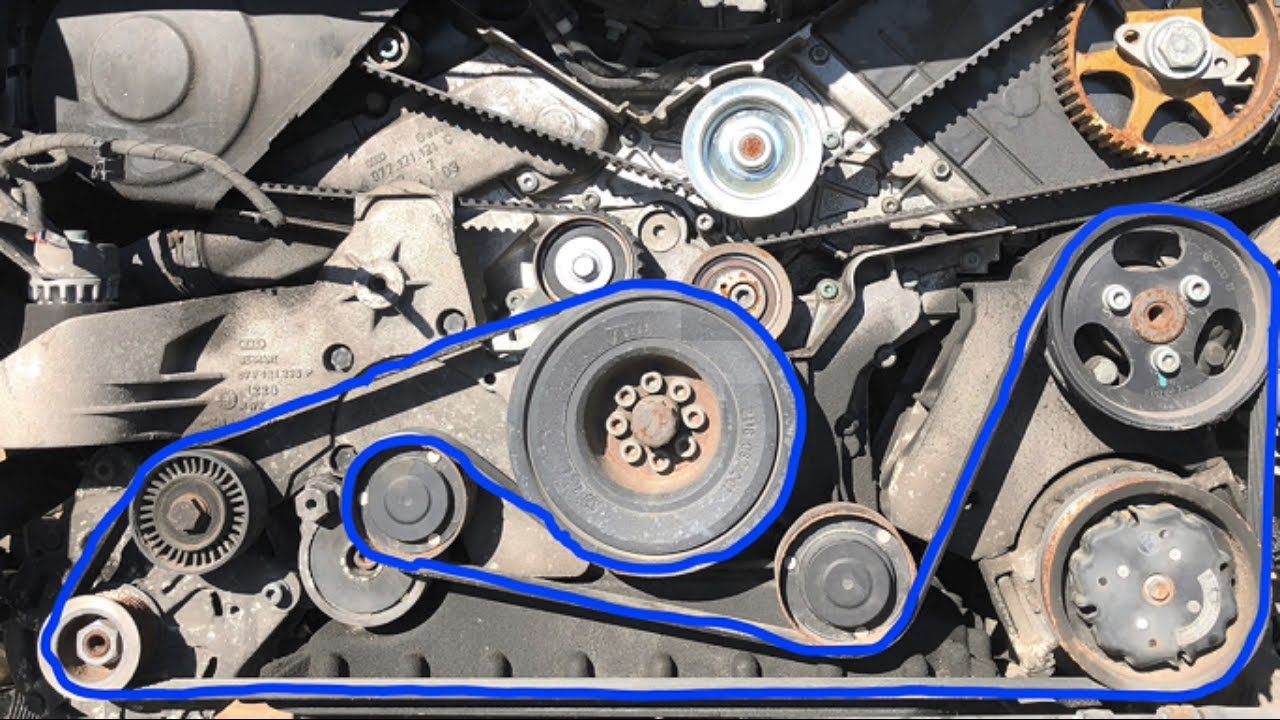What Does a Serpentine Belt Do?
Apr 01, 2021 02:21
If your car or truck has an internal combustion engine, it has one or more accessory belts. For many designs, this is a serpentine belt. This is an important piece of your engine that may wear over time. Understanding what it does, how to know when it is damaged and how to fix it will help you to keep your vehicle in optimal operating condition.

Serpentine Belts and What They Do
Vehicles with internal combustion engines transfer power from the cylinders to the rest of the drivetrain via the crankshaft. This turns the wheels. However, there are many other components of a vehicle that need power. These accessories, including heating/cooling and power steering, are powered using accessory belts. These belts transfer rotation energy from the crankshaft to the accessories.
In older designs, there tended to be multiple accessory belts with one going to each accessory. However, many newer designs have a single belt that connects the engine to all accessories. This serpentine belt snakes between several points in the engine compartment, hence the name.
Its role in the operation of your vehicle is simple: provide power to the accessory components. Without a working serpentine belt (or other accessory belts), you could not use the HVAC, infotainment, power steering and many other components.
Warning Signs of A Bad Serpentine Belt
When your serpentine belt goes, several of your car parts will stop working. So, it is important to keep this component working properly. These are some signs of a broken serpentine belt:
• Squealing: When you start your vehicle or accelerate, you may hear a squealing sound. This is caused by slippage of the belt.
• Accessories Not Working: If the HVAC, steering and/or other electrical components aren't working, it may be an issue with the serpentine belt.
• Overheating: The belt helps to power the engine cooling system. If it is damaged, your engine may overheat.
• Visible Damage: If you notice visible damage on the belt, that is a clear sign that it needs to be replaced.
Keep in mind that several of these issues may be caused by other problems. So, make sure to inspect the belt before replacing it.
Effective Ways to Replace A Serpentine Belt
Fortunately, anyone can learn how to replace a serpentine belt. These are the simple steps:
1. Start by noting the placement and path of the belt. Consider taking a photo or making a diagram.
2. Release the tension from the belt by loosening the tensioner. This can usually be done with a tensioner tool or a ratchet.
3. Remove the existing belt and inspect it for damage. If there is none, there may be another issue.
4. Install the new belt in the same path. Usually, serpentine belts have an inside and an outside. So, make sure it is positioned exactly the same way as the original. Then, reengage the tensioner.
Start Working on Your Vehicle Today
You could start fixing your car or truck today. With some basic know-how and a few tools, you could be replacing your own serpentine belt or performing other maintenance and repairs. Learn more and see what you can achieve.







































































